This week I return to a favorite gouache lesson of mine, where I challenge students to imitate the work of Eyvind Earle, the famed background painter on Disney’s 1959 animated film Sleeping Beauty.
Gouache and animated films
Gouache is well suited to photographic reproduction, because it dries to an intensely colored, non-reflective finish. The background artwork for traditionally animated films like Sleeping Beauty was often completed in gouache for this reason. Background paintings include the general setting in which animated characters appear. (Characters were painted on clear acetate, which was then layered over the background artwork to create one frame of film; 24 frames are required to produce a single second of animation.)
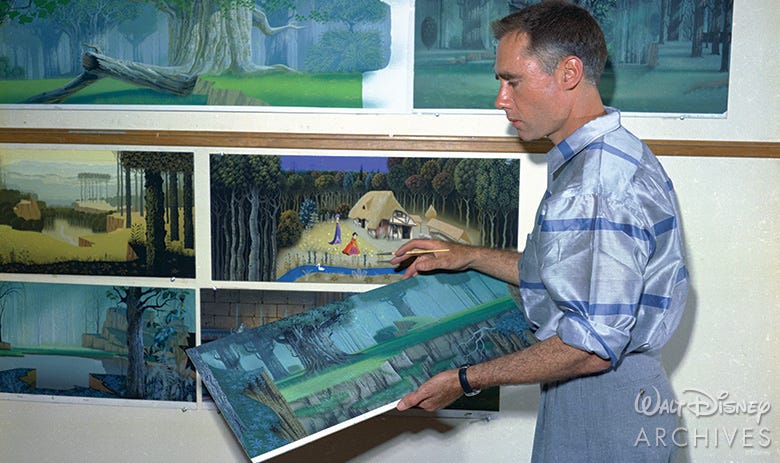
Eyvind Earle’s highly stylized background paintings for Sleeping Beauty were meant to evoke the appearance of medieval paintings and tapestries, which were in turn influenced by Persian miniature painting, bristling with detail and texture. As Walt Disney put it, the film would become a “moving illustration.”
Walt Disney’s insistence on devotion to detail, including the demanding style of the background paintings, and the need for larger artwork because of the film’s widescreen, 2.55:1 aspect ratio, made Sleeping Beauty the most expensive animated film ever produced at that time ($6 million, approximately $65 million when converted to 2024 dollars).
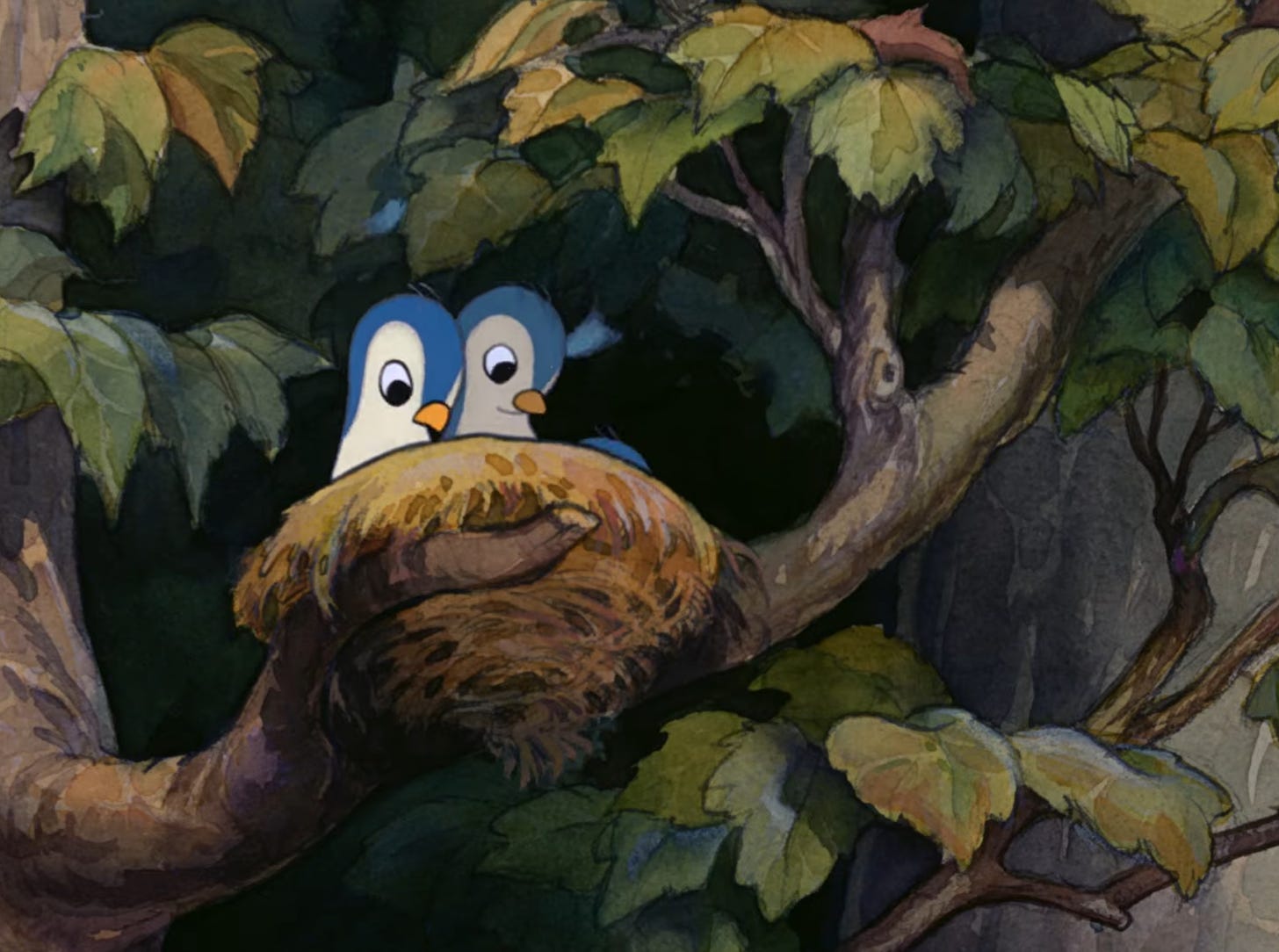
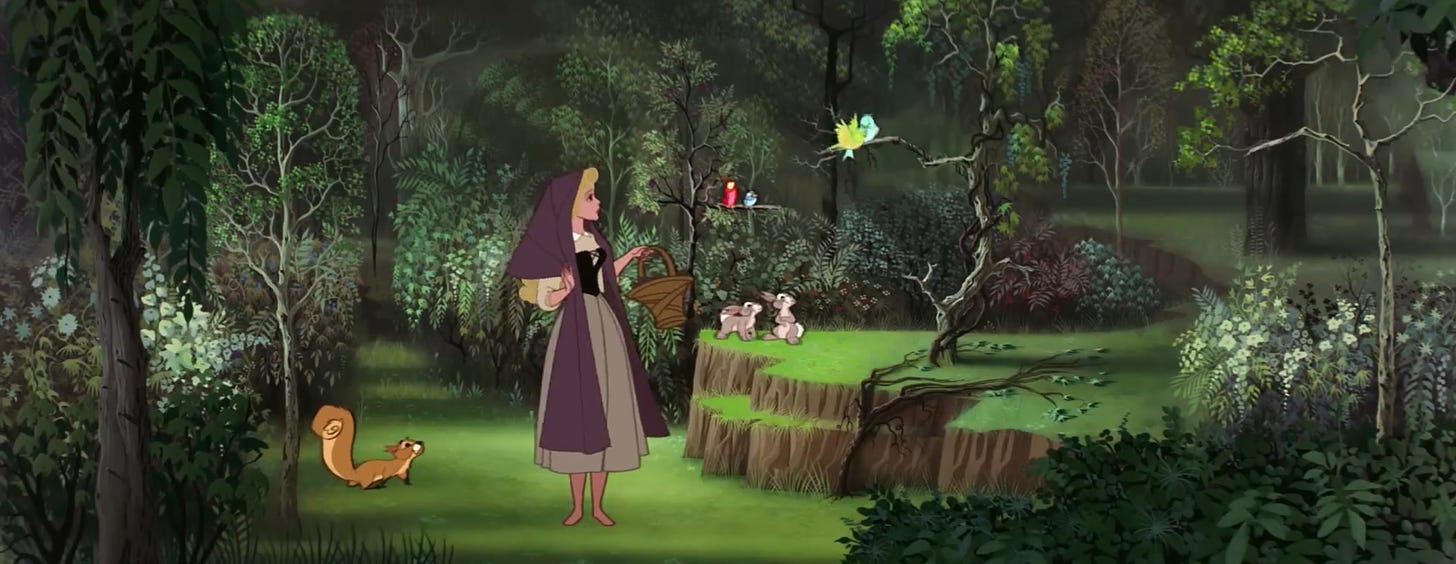
Eyvind Earle’s painting method
To give the gouache background paintings their deeply-textured, weathered appearance, Eyvind Earle began by blocking in large, dark shapes, usually oriented along horizontal and vertical lines. On top of those blocks he would build fine detail, beginning with the darkest grays and layering lighter and lighter paints, finishing with the smallest, brightest highlights.
In the video at the top of this article, you’ll see how I imitated his method using not gouache, but rather an iPad and Procreate digital painting software. The picture I created is not a copy of any piece that he did, but rather it is invented from scratch, emulating the appearance of a typical background painting in Sleeping Beauty.
If you’d like to try painting like Eyvind Earle, either method (gouache or digital) works well. I suggest trying out a single tree or bush to start with.
If using gouache just remember to keep the paint at a consistency that flows, but which is also fully opaque. Lay down your strokes decisively—don’t over-brush—since gouache will reactivate once it is wet.
If using digital, try to use a brush that creates opaque marks, with slightly broken edges. Some finer pencils and speckle brushes will help with details and texturing. I used the Woodland Wonderland brush pack from RetroSupply Company (link is not sponsored).
Learn more, and watch Eyvind Earle at work:




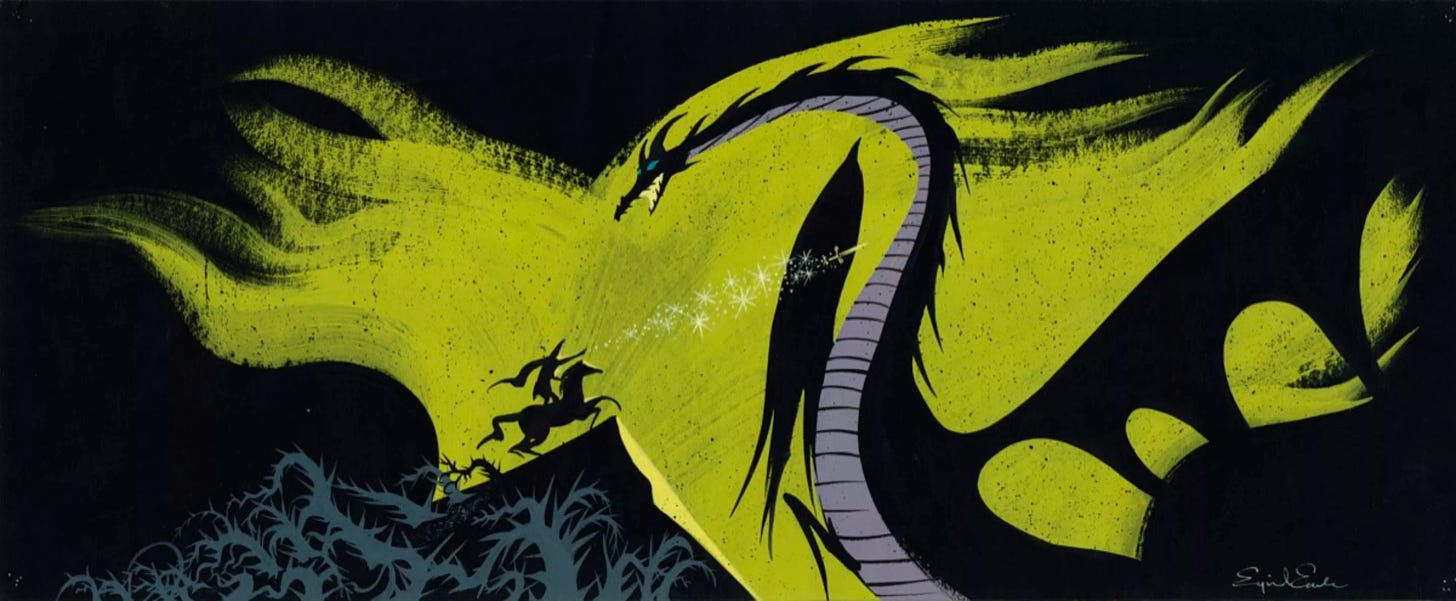


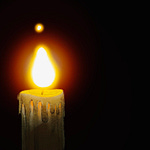

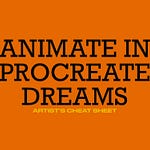



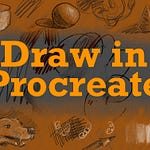


Painting in the Style of Sleeping Beauty